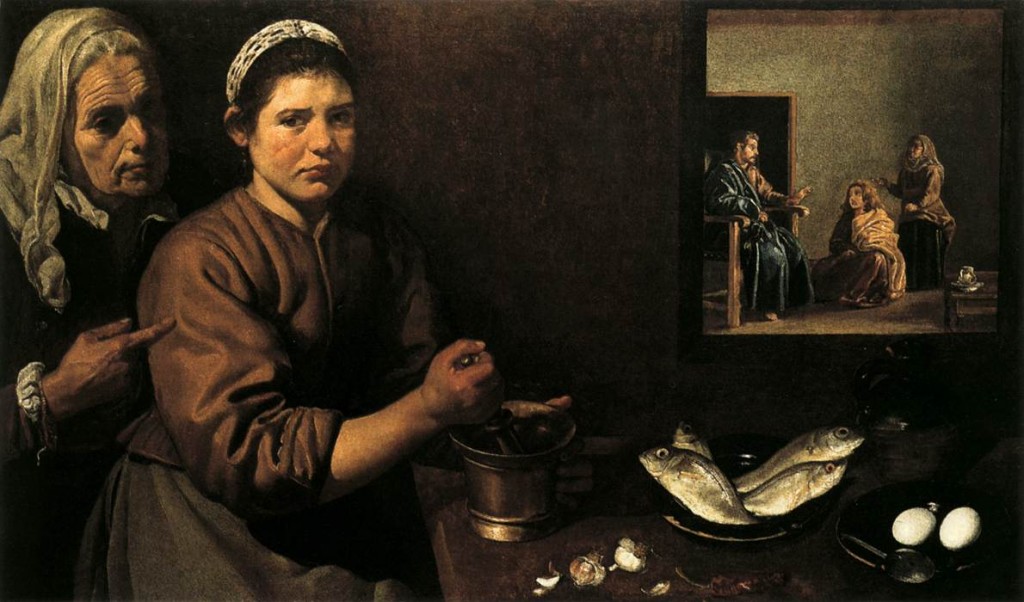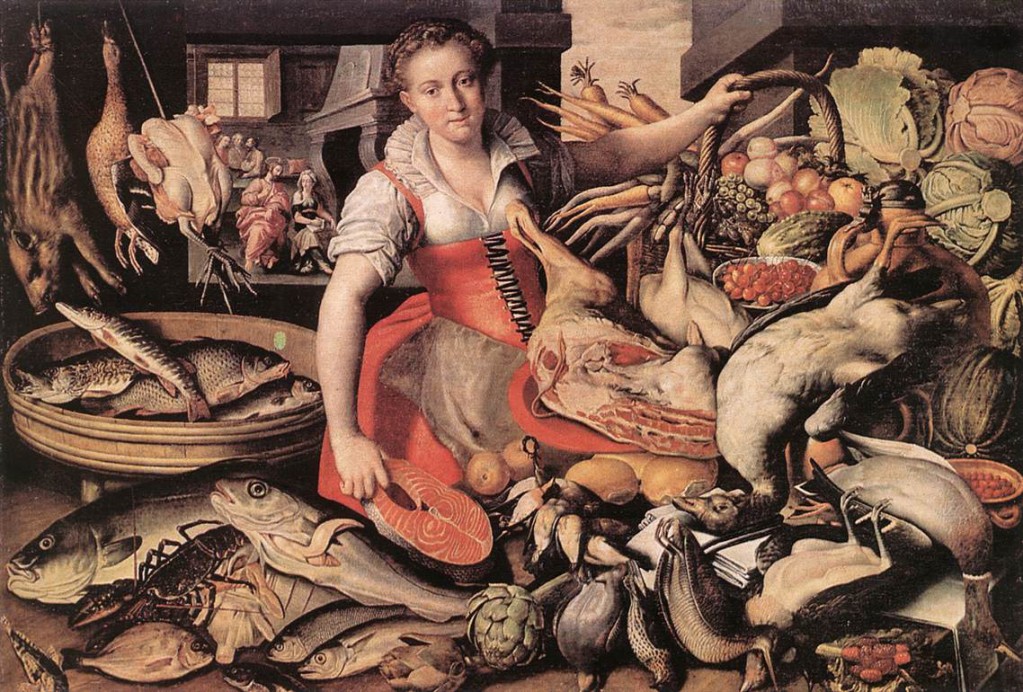Tomorrows Gospel, the episode of Martha and Mary, was taken as early as Gregory the Great to symbolize the active and the contemplative lives, and the superiority of the latter to the former, since Mary chose "the better part." It would even be taken to indicate the relative importance of active and contemplative religious communities and orders. Such interpretations, Joseph Fitzmyer says in his commentary, serve "to allegorize it beyond recognition and to introduce a distinction that was born only of later preoccupation."Here is his interpretation:
The episode makes listening to the word the one thing needed. In a way it repeats the Lucan message of 8:15, 21. Priority is given to the hearing of the word coming from Gods messenger over preoccupation with all other concerns. Martha wanted to honor Jesus with an elaborate meal, but Jesus reminds her that it is more important to listen to what he has to say. The proper service of Jesus is attention to his instruction, not an elaborate provision for his physical needs...On the heels of the good Samaritan episode, this one emphasizes the listening to the word of Jesus, something that goes beyond love of ones neighbor. Marthas service is not repudiated by him, but he stresses that its elaborate thrust may be misplaced. A diakonia that bypasses the word is one that will never have lasting character; whereas listening to Jesus word is the lasting good that will not be taken away from the listener. (Fitzmyer, Luke, 892).
I find this interpretation somewhat anticipated in Augustines reflections on the episode. He points out that we are not to read it as a criticism of Marthas service. If we took it in this sense, "then people ought to stop ministering to the needy; they ought to choose "the better part," which will not be taken from them; they ought to devote themselves to the word, be eager for the pleasant teaching; occupy themselves with the knowledge that saves; not care whether there is a stranger in town or whether someone needs bread or clothing, someone needs to be visited, or to be bought back or to be buried. Stop doing the works of mercy and give yourself to knowledge alone."Well, then, what is the meaning of Jesus concluding remark? Augustine thought that the clue lay in the observation that Marys "better part" would not be taken away from her, that is, her part was better precisely because it would never be taken away. The two women stand for two lives, the life of this age and the life of the age to come. This life is full of troubles and difficulties, fears and temptations, and to meet them Martha gets to work. But in the next age there will be no need of Marthas kind of life because there will be no hunger or thirst or nakedness or illness. But Marys activity of listening to the words of Truth himself will continue in the next life, when instead of the crumbs that she and we can gather now we and she will be feasting at the full table of the Lord. "We now are where Martha was; we hope for what Mary was. Let us do well what Martha did so that we can have fully what Mary had."Augustine even compared what he was doing as he preached to what Martha was doing for Jesus and what his people were doing as they listened to what Mary was doing. He was trying to feed them with a word of Christ, whereas they had left behind their worldly cares and household chores in order to listen to Christ. Augustine tried to draw them in: If Christ gives him something true to say, and they recognize it, they show their delight in it. What kind of delight? Not the sort evoked by something pleasing to the senses, by bodily beauty or motion, but delight in the truth, in understanding, in wisdom. And he concluded: " If delight in the truth is so pleasant now, how much more pleasant will it be then. Mary has chosen the better part, and it will not be taken from her."Two centuries later Gregory the Great saw the episode as illustrating the difference between the active and the contemplative life, but he didnt institutionalize the allegorical interpretation. The two lives, he said, were united in Christ who worked miracles in the city and also spent nights in prayer on the mountain. He thus provided an example, teaching us not, out of love of contemplation, to neglect the care of our neighbors, nor again so to engage in care of our neighbors that we abandon contemplative pursuits; but to keep the two together in our minds so that the love of our neighbor does not interfere with the love of God and the love of God, transcendent as it is, does not cast out the love of our neighbors."Here are two paintings of the scene, both of which clearly make Martha the more important sister in the episode. The first is by Velazquez, the second by Vincenzo Campi.

Please email comments to [email protected] and join the conversation on our Facebook page.
Share
Previous Story
Dumb luck?
Next Story
Oh, the Pity of It
